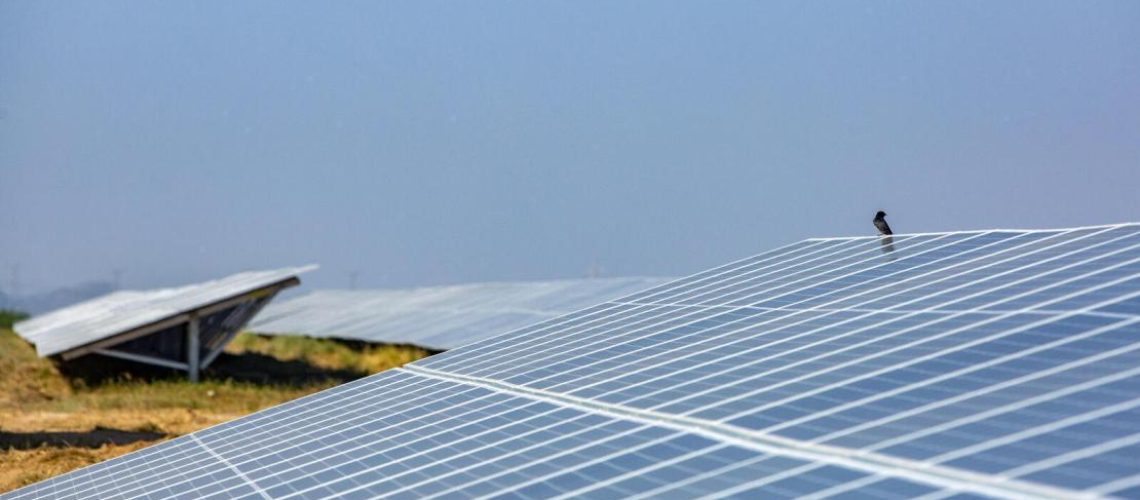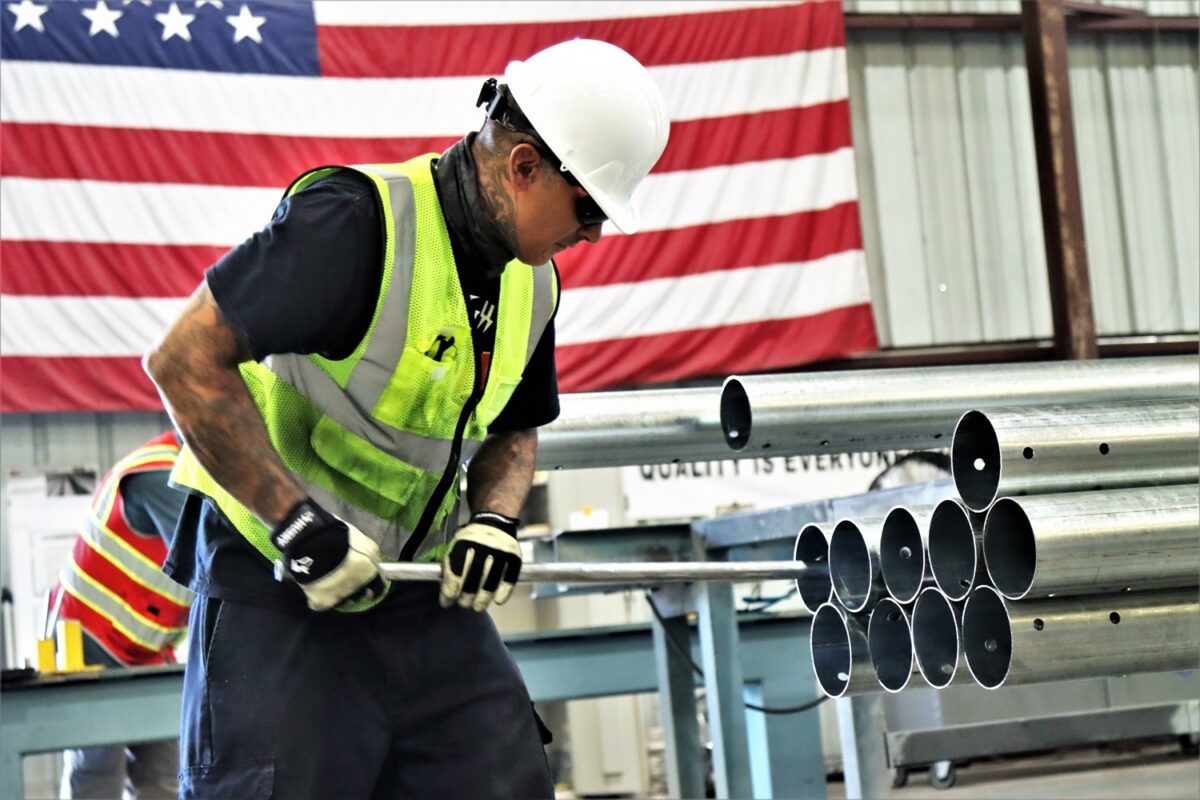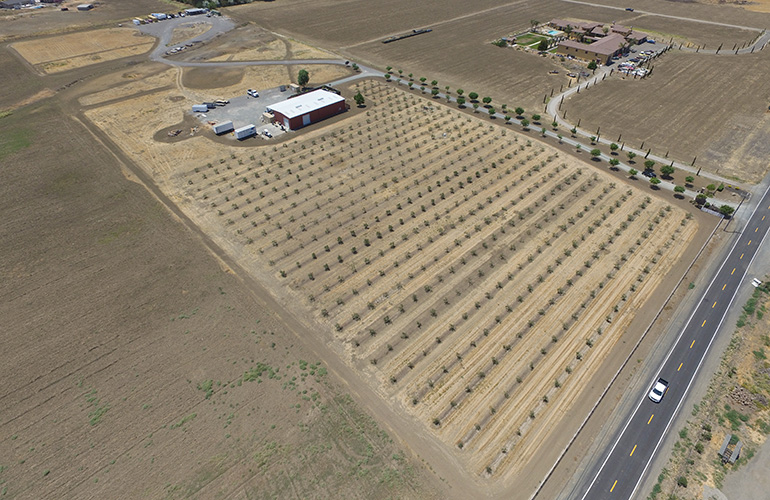As we delve deeper into the contentious ‘Citizens for Responsible Solar’, we refute the group’s poorly-crafted anti-solar arguments, exposing a disturbing pattern of fear-mongering and misinformation.
As we continue our analysis of the secretive “Citizens for Responsible Solar” group, we debunk their arguments against solar power. Our initial article cast a skeptical eye on their claim that their group represents “Solar Local Communities” advocates, a ‘grassroots group of concerned citizens’ promoting responsible solar and other renewable energy. Mounting evidence suggests this group may be little more than a smokescreen for fossil fuel interests, with its vague identity and murky funding shielded by Citizens United.
The group’s primary strategy is a tactic known as “gish gallop”; bombarding opponents with numerous bad-faith arguments and conspiracy theories that appeal to their base. For solar developers, the optimal counter to this tactic is meticulous project planning and precise documentation. This includes accurate mapping of setbacks and wetlands, proactive community engagement, detailed decommissioning plans, and strict compliance with local zoning laws, especially when applying for variances. Remember, seeking a variance presents an opportunity for opposition; public opinion can sway the voting decisions of those who vote on your request for variance.
Debunking the ‘solar toxic waste’ fear-mongering tactic:
Source: Citizens for Responsible Solar
The ‘Citizens for Responsible Solar’ website (above) features a collection of outdated articles fraught with misleading language and a tenuous grasp on reality. One glaring example tries to equate obsolete solar panels with spent nuclear plant uranium. We would dismiss these claims as laughable if they were not so effective at convincing rural residents to infringe upon their neighbor’s property rights and propagate politically-motivated misinformation.
Indeed, these falsehoods crumble under scrutiny. Our national institutions possess a deeply-informed understanding of solar panels, built through comprehensive analysis. While solar panels may contain heavy metals such as copper and silver, associated risks are easily and effectively mitigated through proper training and handling.
A big move was made in California when the state reclassified decommissioned solar panels from hazardous to universal waste. This initiative simplifies management and promotes recycling of decommissioned panels, treating them in the same manner as other universal waste items like batteries and electronic devices. The U.S. Environmental Protection Agency (EPA) and other state programs have taken note of such policy advancements to inform their approach to end-of-life directives for solar panels.
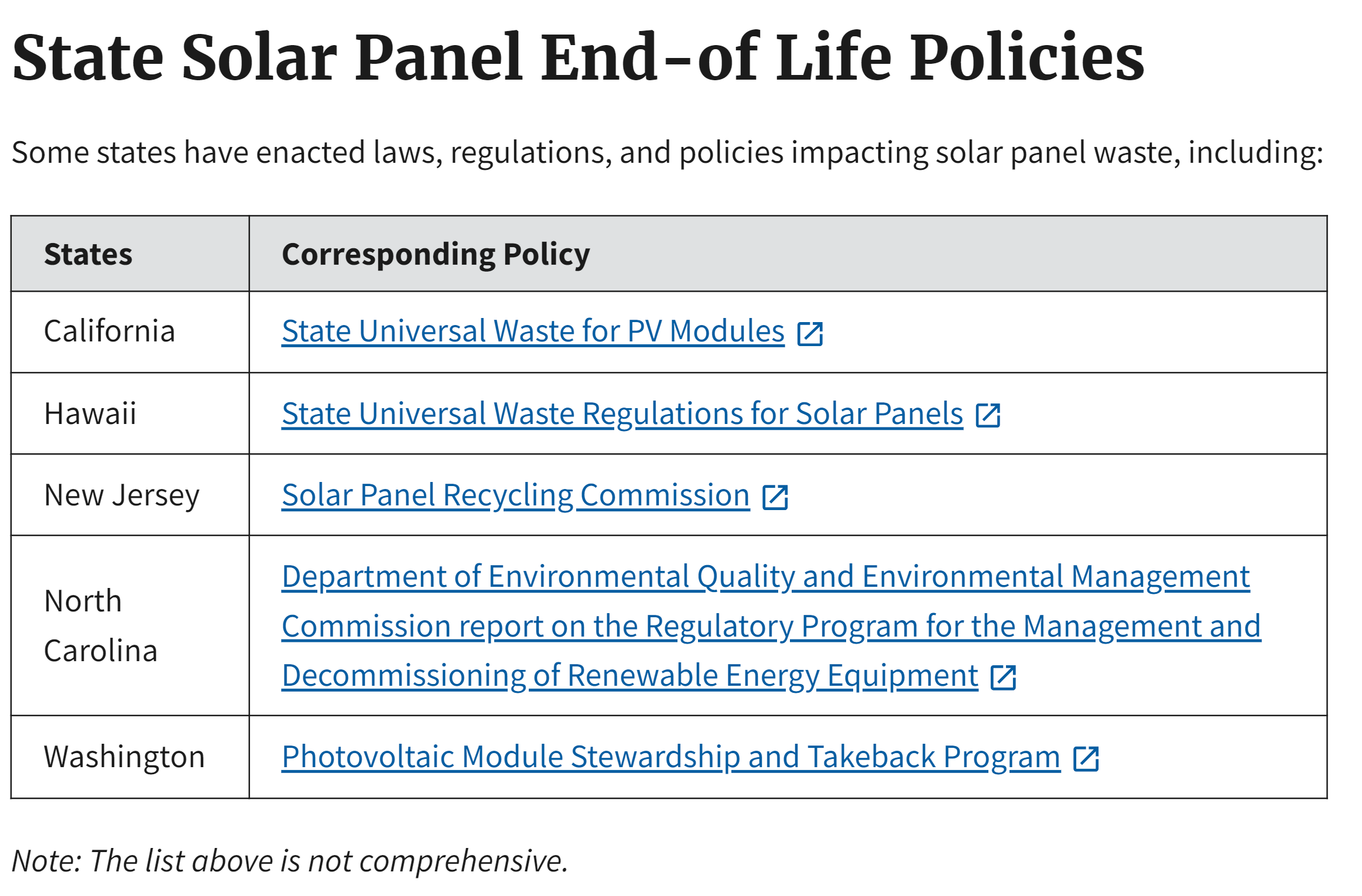 For further details on solar panel regulations at the state level, the EPA advises individuals to consult their respective state’s environmental agency website.
For further details on solar panel regulations at the state level, the EPA advises individuals to consult their respective state’s environmental agency website.
California’s ruling, rooted in rigorous scientific research, underscores the expertise of the California Department of Toxic Substances Control. The department’s data-driven approach helped to create and enforce this regulation in accordance with the federal Resource Conservation and Recovery Act, receiving endorsement from the EPA.
Additional clarity on the issue can be found in a simple, yet comprehensive brochure from the South Carolina Department of Health and Environmental Control. The document outlines the state’s pragmatic perspective on solar panels, and points out that most commonly installed silicon modules are explicitly non-hazardous. And while some panels, specifically those manufactured by America’s leading solar panel company, First Solar, are classified as hazardous waste, the manufacturer provides a recycling program for used modules.
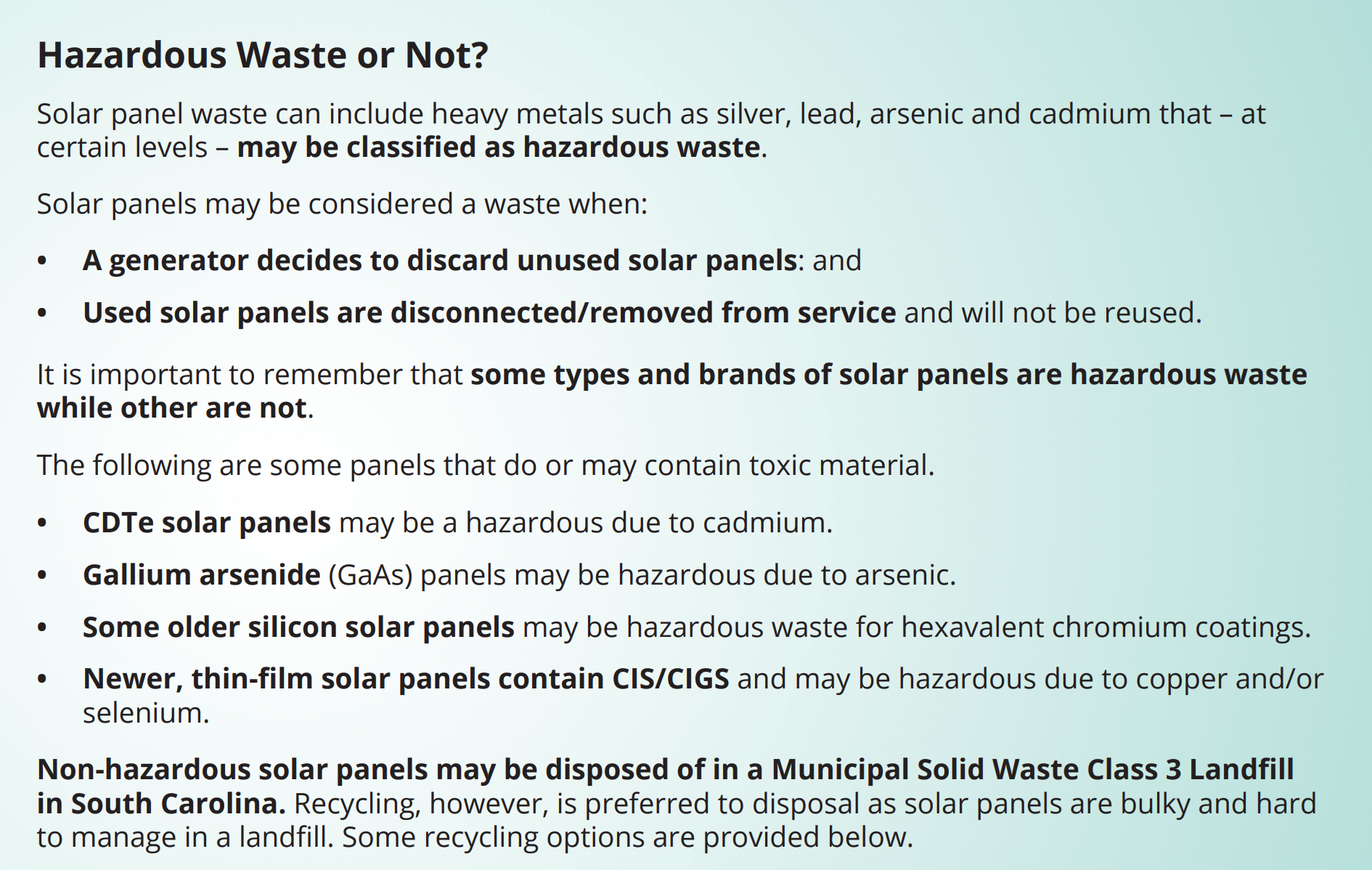
Moreover, recycling technologies have been consistently improving. For example, one newer technique reportedly delivers recycled silicon with a purity of up to 99.9984%. With countries like France boasting the capability to recycle 100% of old modules, these advancements are gaining global recognition.
Even as the ‘Citizens for Responsible Solar’ warn of a future flooded with disposed solar panels, the reality is that solar and the clean energy industry are still in their infancy. According to Bloomberg, the battery recycling industry has experienced such growth that supply of recycling factories may soon exceed the number of batteries available for recycling.
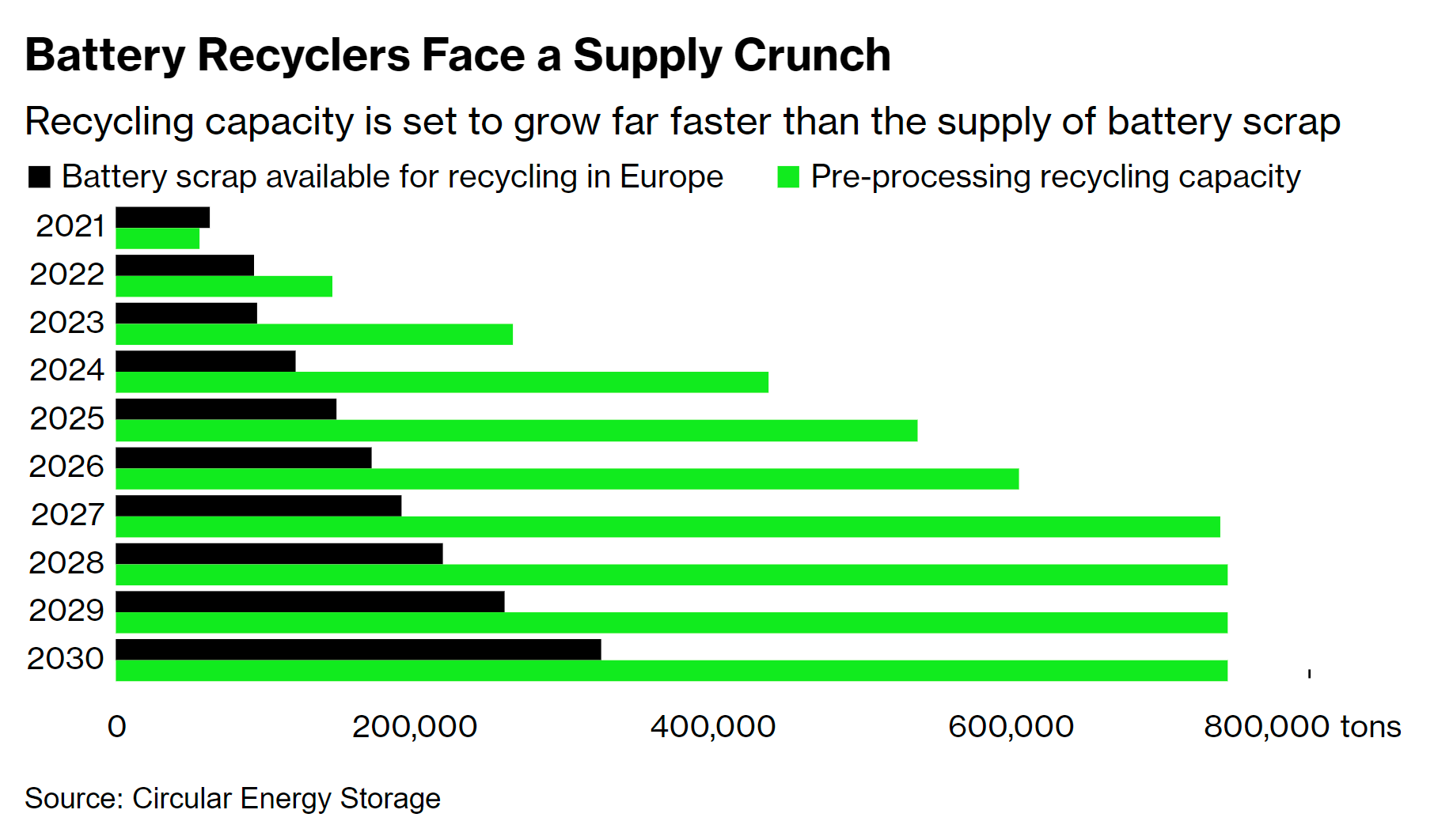
The National Renewable Energy Laboratory suggests that a decade of solar retirements is needed before the solar recycling industry matures. However, a market currently exists for used solar panels. Companies are already buying old solar capacity from large power plants.
This spurious “toxic waste” argument insinuates that solar modules could ‘leach’ heavy metals into local water supplies. But much like any robust piece of infrastructure that’s engineered to withstand the elements, solar panels, some engineered to last fifty years or more, simply do their job without complaint or troublemaking. Silent, motionless and harmless, solar panels are sealed from rain and wind. They admit only sunlight and ‘leach’ only electricity.
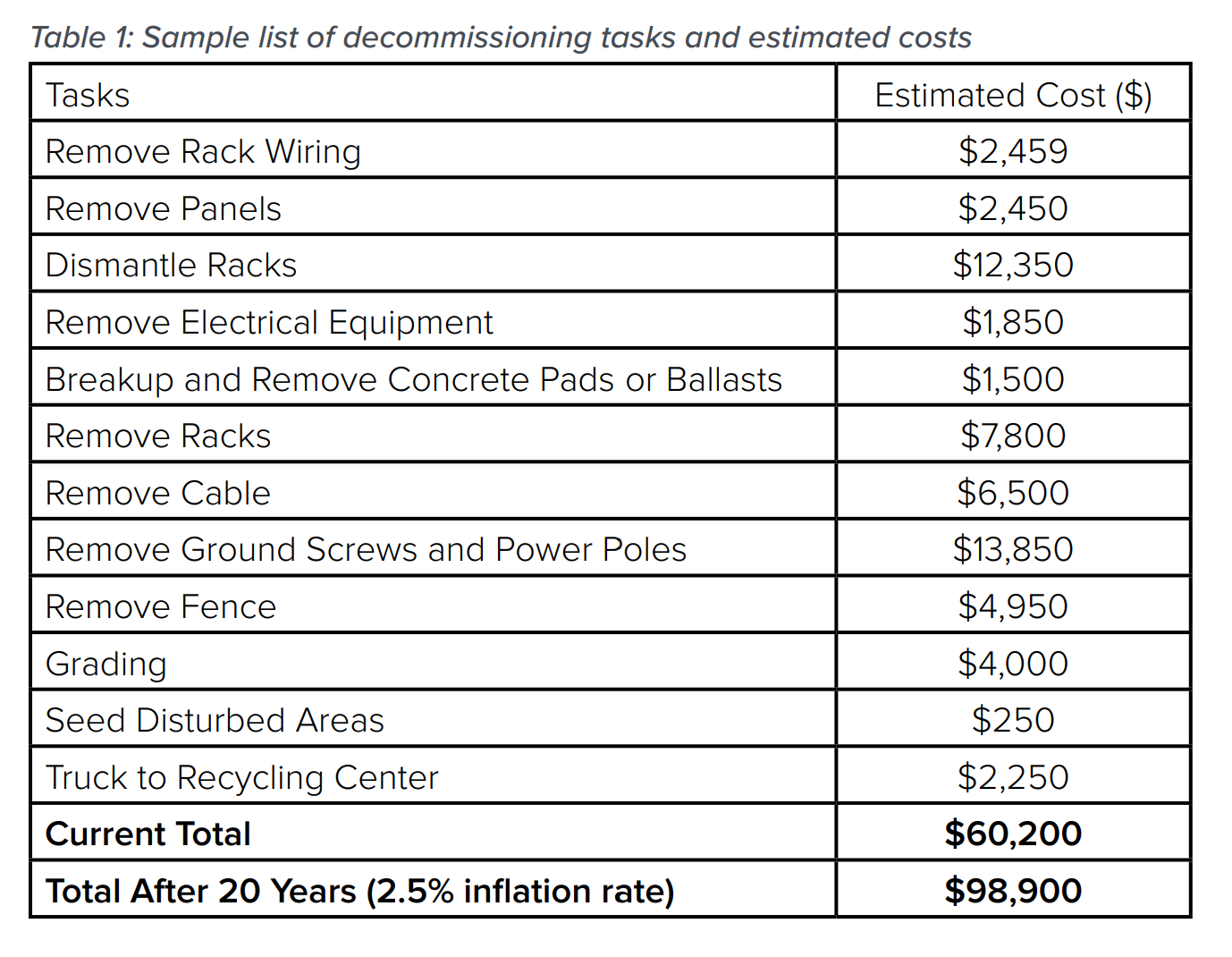
Lastly, it is crucial for solar developers to maintain a solid decommissioning plan, ensuring community trust. For guidance, the State of New York has issued a document to help guide developers formulate a decommissioning plan. The plan includes a sample estimate of potential decommissioning costs for a ground-mounted 2 MW solar panel system. Additional assurances can be found in the form of a surety bond costing around 2% to 3% annually of the total cost twenty years out. That works out to around $200 to $300 per year for a $4 million, 2 MWdc solar facility.
Developers, armed with a clear exit strategy and a comprehensive documentation package can efficiently navigate the zoning process, even in the face of well-funded opposition from ‘concerned citizens.’


